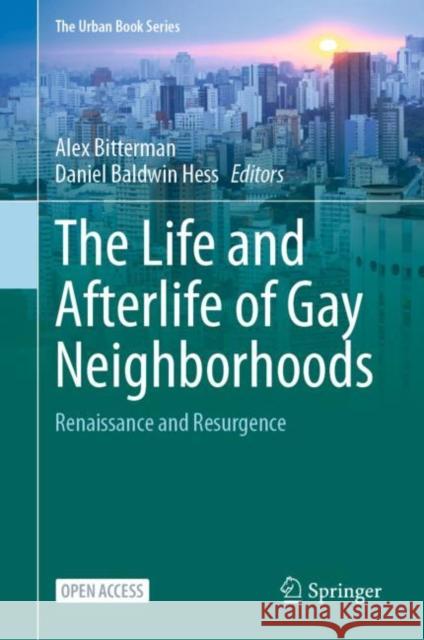The Life and Afterlife of Gay Neighborhoods: Renaissance and Resurgence » książka
topmenu
The Life and Afterlife of Gay Neighborhoods: Renaissance and Resurgence
ISBN-13: 9783030660727 / Angielski / Twarda / 2021 / 427 str.
Kategorie BISAC:
Wydawca:
Springer
Seria wydawnicza:
Język:
Angielski
ISBN-13:
9783030660727
Rok wydania:
2021
Wydanie:
2021
Numer serii:
000789133
Ilość stron:
427
Waga:
0.85 kg
Wymiary:
23.88 x 19.81 x 2.54
Oprawa:
Twarda
Wolumenów:
01











